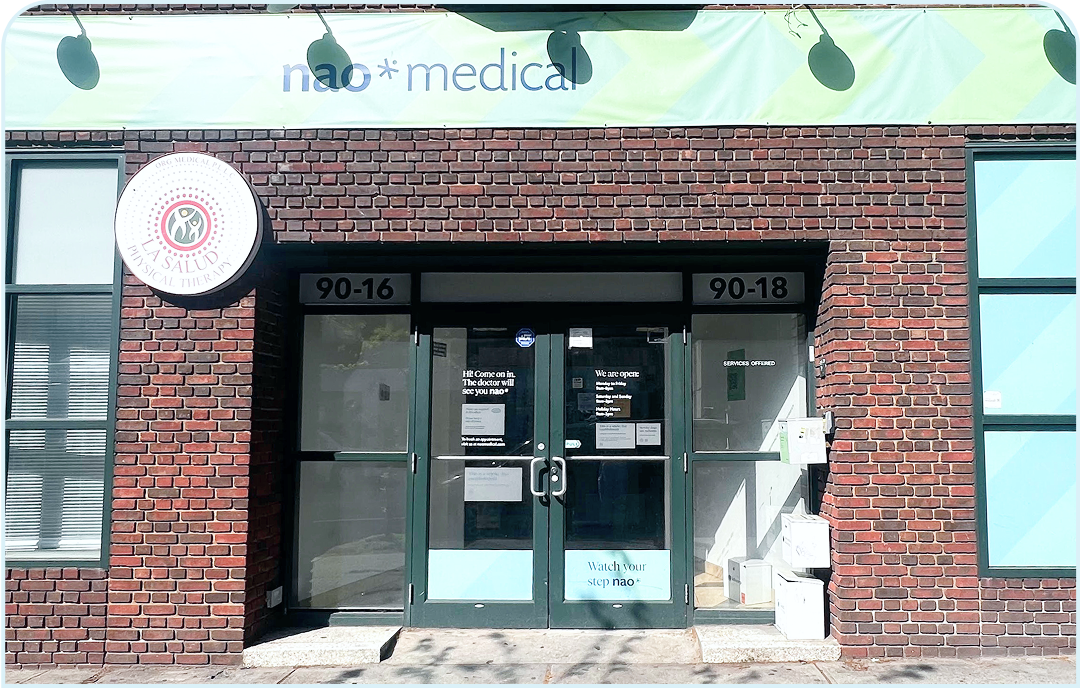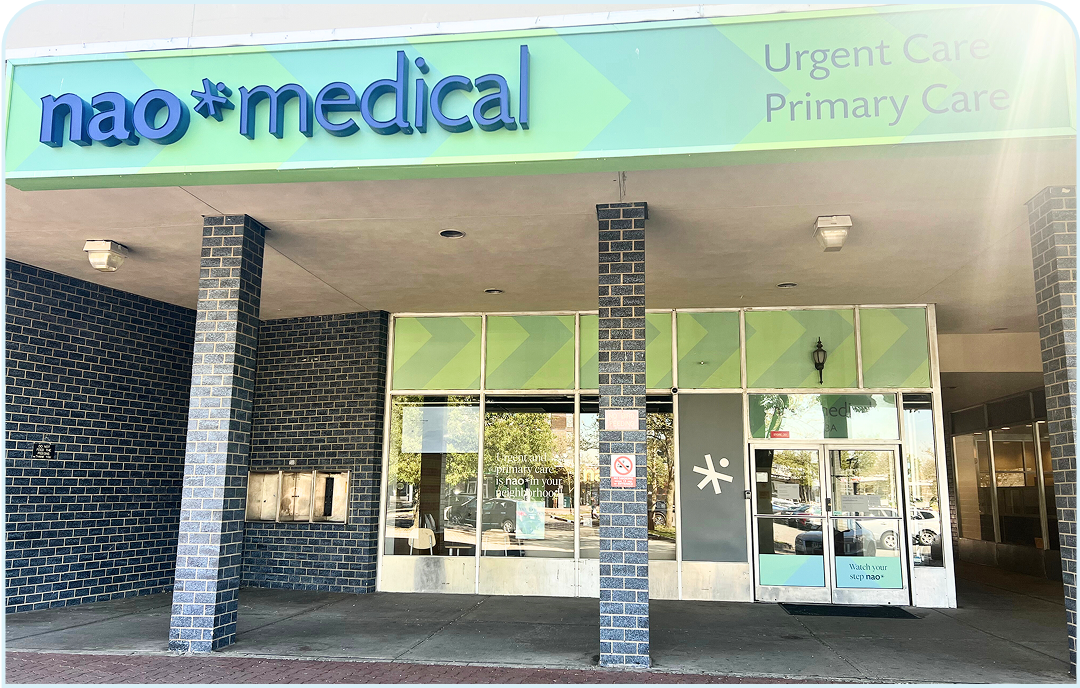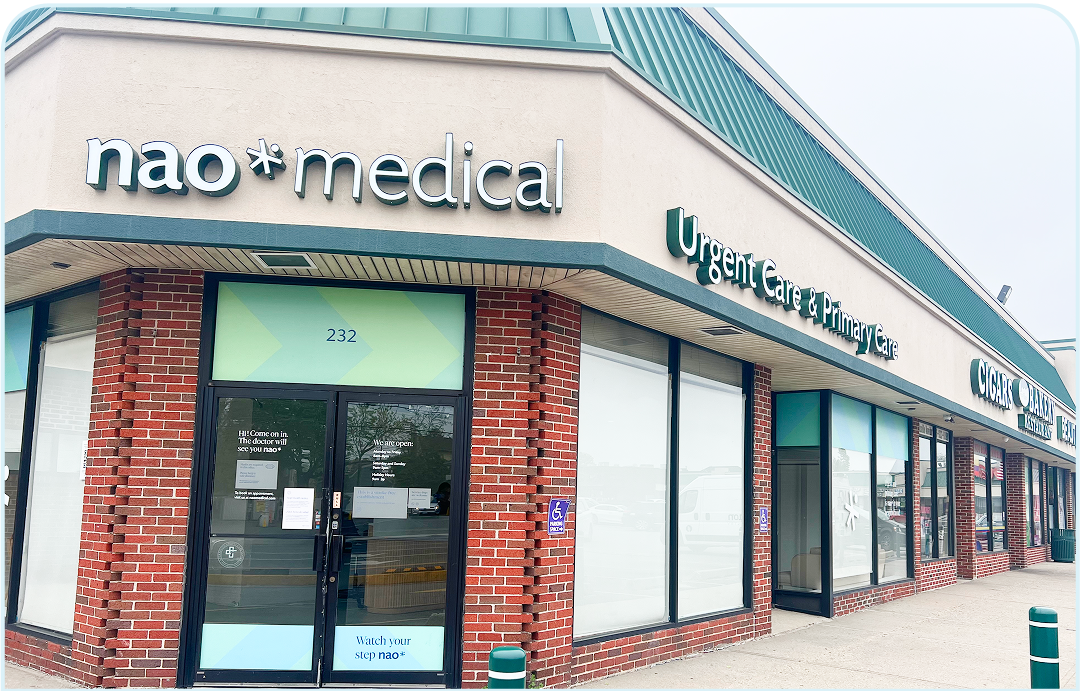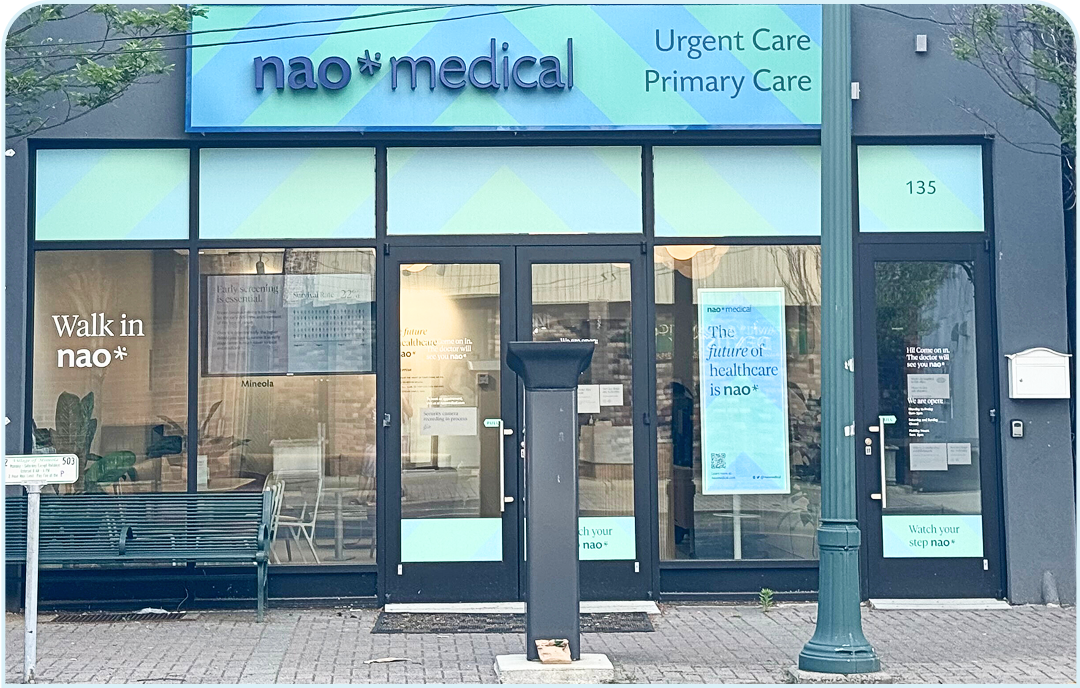Tuberculosis (TB) is a bacterial infection that primarily affects the lungs, but can also affect other parts of the body. It is a major public health problem, with an estimated 10 million cases and 1.4 million deaths worldwide in 2019. On the other hand, the COVID-19 pandemic has had a significant impact on global health, with over 290 million cases and roughly 6.8 million deaths reported worldwide as of March 2023.
According to data released by the Centers for Disease Control and Prevention (CDC), the pandemic effect has significantly subsided and TB cases are nearly back to pre-pandemic levels. In this article, we will explore how misdiagnosis and fear related to COVID-19 are causing delays in PPD testing and treatment for TB patients.
Misdiagnosis and fear
The symptoms of TB and COVID-19 can be similar, leading to confusion and misdiagnosis. Some of the common symptoms of TB include coughing, chest pain, fatigue, weight loss, and fever, which are also seen in COVID-19 patients. As a result, TB patients may be misdiagnosed with COVID-19 and vice versa, leading to delayed treatment and potentially worse health outcomes.
Moreover, the fear of contracting COVID-19 at health facilities is also causing delays in PPD testing and treatment for TB patients. People may avoid seeking medical care due to fear of exposure to the virus, even if they are experiencing TB symptoms. The fear of contracting COVID-19 has also led to a decrease in TB testing and diagnosis in some areas, further exacerbating the problem.
Symptoms of TB and COVID-19
| Symptom | TB | COVID-19 |
| Cough | ✓ | ✓ |
| Difficulty breathing | ✓ | ✓ |
| Fatigue | ✓ | ✓ |
| Fever | ✓ | ✓ |
| Loss of appetite | ✓ | ✓ |
| Night sweats | ✓ | ✗ |
| Weight loss | ✓ | ✗ |
Impact of COVID-19 on TB services
The COVID-19 pandemic has had a significant impact on essential TB services, leading to a decrease in TB testing and treatment worldwide. This has been primarily due to the diversion of resources and health workers towards managing the COVID-19 outbreak. Several countries have reported a decrease in TB diagnoses, which has been attributed to reduced patient access to healthcare facilities, fear of contracting COVID-19 at healthcare facilities, and other disruptions in the supply chain for TB medications.
Increase in TB cases
The COVID-19 pandemic has also contributed to an increase in TB cases worldwide. According to a study, the pandemic may lead to an additional 6.3 million cases of TB and 1.4 million deaths by 2025. The disruption in TB services caused by COVID-19, coupled with other factors such as poverty and malnutrition, has contributed to this increase in cases.
What is PPD testing and treatment, and why is it important for TB control and prevention?
PPD testing is the most commonly used test for diagnosing TB infection. It involves injecting a small amount of purified protein derivative (PPD) into the skin and observing the reaction after 48-72 hours. If the skin at the injection site develops a bump or swelling, it indicates a positive test result, which means that the person has been infected with TB bacteria at some point in their life.
Treatment for TB involves a combination of antibiotics taken over several months. It is important to complete the entire course of antibiotics to cure the infection and prevent the development of drug-resistant TB.
How to overcome fear and misdiagnosis
Fear and misdiagnosis can be overwhelming, but it is important to remember that there are steps you can take to overcome them. Here are some additional tips to expand on your initial thoughts:
- Recognize that fear is a natural response: Fear is a natural and healthy response to danger or threats, but excessive fear can be detrimental to our well-being. Recognize when fear is getting in the way of your daily life and seek help if necessary.
- Educate yourself about your condition: Educating yourself about your condition can help alleviate fear and anxiety. Learn about the symptoms of TB and COVID-19, how they are diagnosed, and what treatment options are available.
- Seek professional help: Seek professional help if you are struggling with fear or anxiety. A mental health professional can provide strategies to help you cope with your fear and anxiety, and can also help you address any underlying mental health conditions that may be contributing to your fears.
- Practice mindfulness: Mindfulness is a technique that trains your mind’s attention to be more present, without drifting into concerns about the past or future. This can help you not to overreact to fearful thoughts and reduce any stress, depression, or anxiety that accompanies them. Meditation is a popular way to learn mindfulness.
- Learn coping skills: Coping skills, such as deep breathing exercises and progressive muscle relaxation, can help you manage fear and anxiety in the moment.
- Reach out for support: Do not be afraid to reach out to family, friends, or support groups for help. Having a support system can make a big difference in your journey to overcoming fear and misdiagnosis.
Tips for overcoming fear of PPD testing
- Ask your healthcare professional about safety measures in place to prevent COVID-19 transmission
- Bring your own hand sanitizer and wear a mask to your appointment
- Schedule your appointment during non-peak hours
- Consider telemedicine options for consultation with a healthcare professional
Schedule your PPD test today
If you are experiencing any symptoms that may be related to tuberculosis, it is important to see a doctor or medical professional right away. You can find PPD testing near you at any Nao Medical location. So don’t take any chances, stay informed about the risks associated with tuberculosis and take steps to protect yourself.




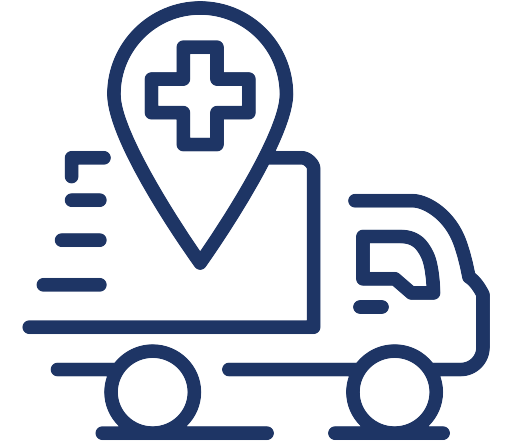
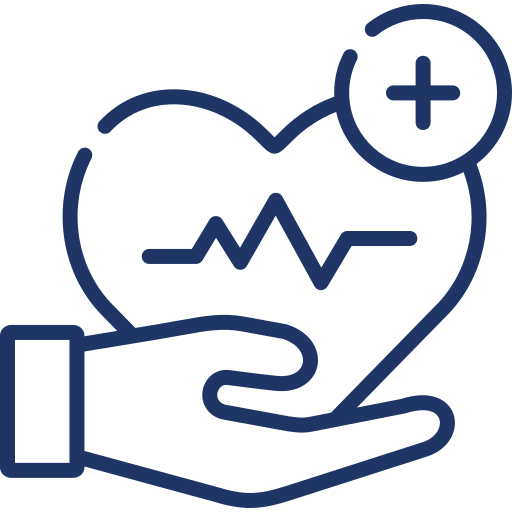

 (917) 310-3371
(917) 310-3371





